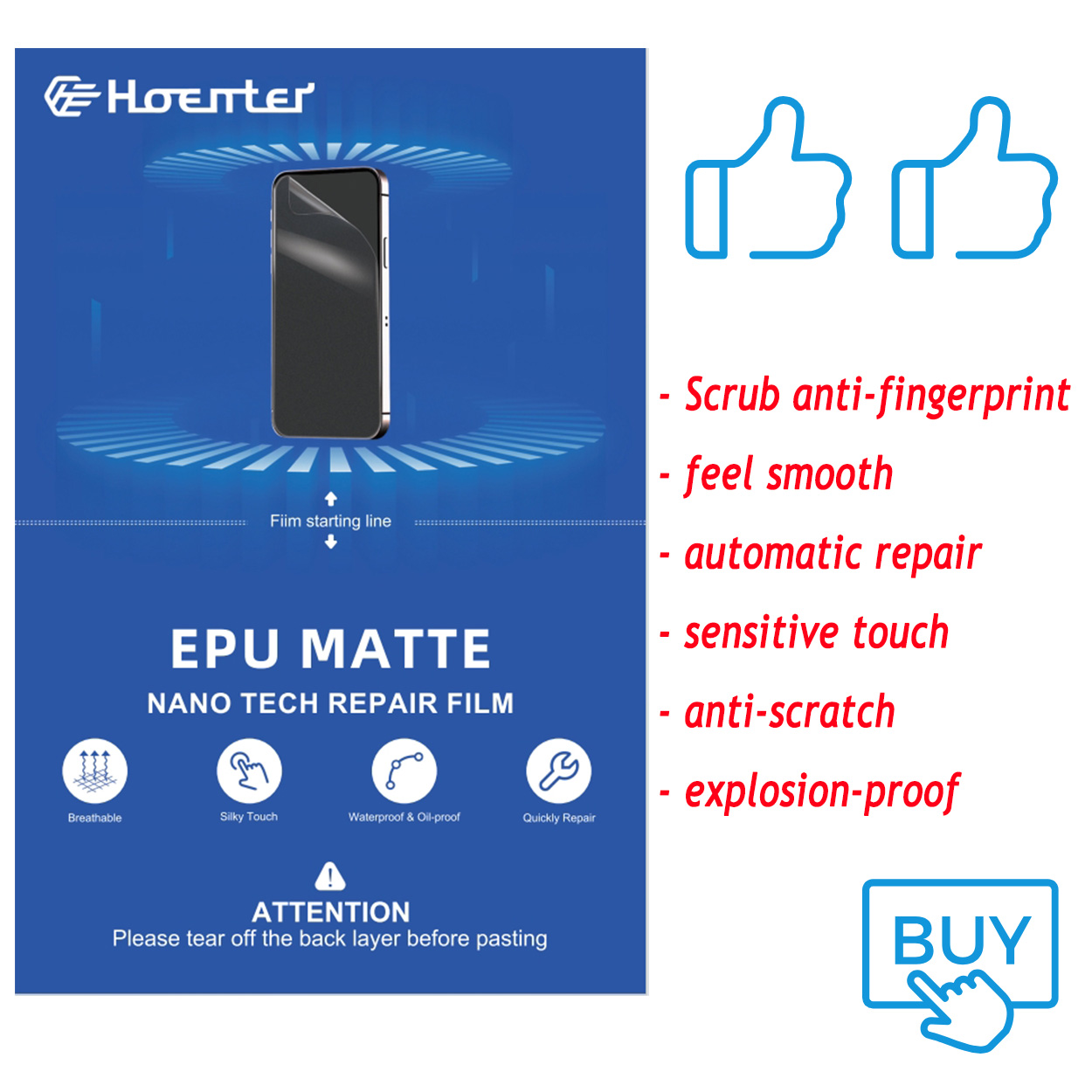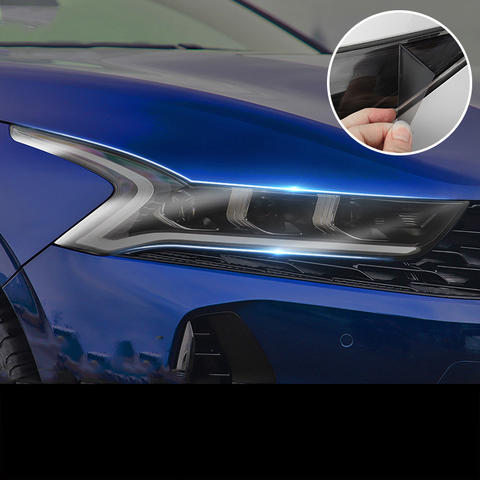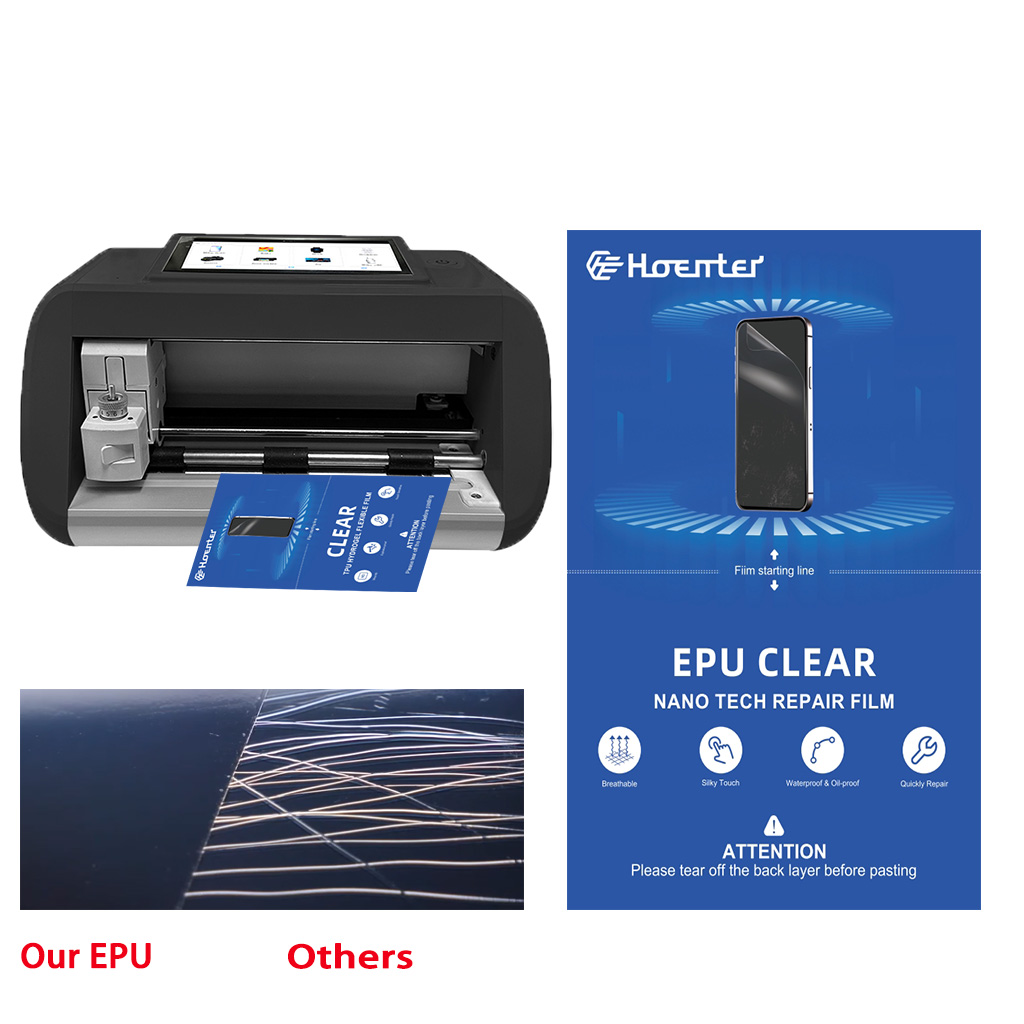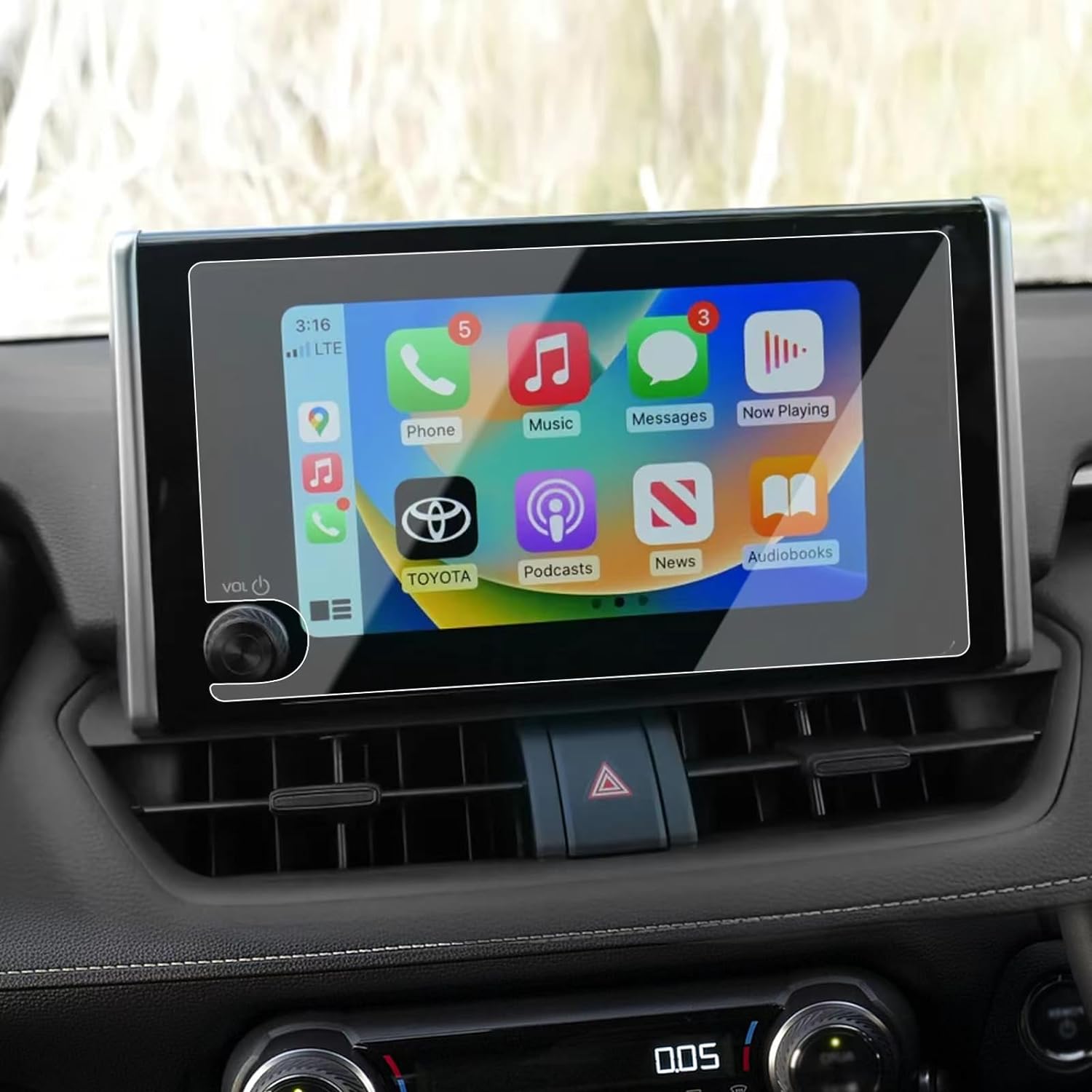
Comparing Flexible Hydrogel Films with Traditional Protective Films
Table of Contents
Extract
Summary
In the ever-evolving world of screen protection, consumers and manufacturers are continually seeking the best materials to safeguard their devices. Two primary options dominate the market: flexible hydrogel films and traditional protective films, such as tempered glass and plastic screen protectors. Each type offers its own set of advantages and drawbacks, making it essential to understand how they compare in terms of flexibility, durability, application, and overall user experience. This article provides a detailed comparison of flexible hydrogel films with traditional protective films, helping you make an informed decision for your device.

Flexibility and Custom Fit
Flexible Hydrogel Films: One of the standout features of flexible hydrogel films is their ability to conform to the unique shape of any device. Whether it’s a smartphone with a curved edge or a smartwatch with a rounded display, hydrogel films provide edge-to-edge coverage without leaving any part of the screen exposed. This flexibility is particularly beneficial for modern devices that often feature non-standard screen shapes and sizes. The material can stretch and adapt to the contours of the device, offering a seamless fit that enhances both protection and aesthetic appeal.
Traditional Protective Films: Traditional protective films, such as tempered glass and PET plastic, are more rigid and less adaptable to curved or irregular screens. While tempered glass protectors are excellent for flat screens, they often struggle to adhere properly to devices with curved edges, leading to potential gaps and unprotected areas. PET plastic films, though slightly more flexible than glass, still lack the conforming ability of hydrogel films, especially for complex screen designs.
Durability and Impact Resistance
Flexible Hydrogel Films: Hydrogel films are known for their unique combination of softness and durability. While they may not be as hard as tempered glass, hydrogel films excel in impact resistance. The material’s elasticity allows it to absorb and disperse the energy from drops or impacts, reducing the likelihood of the screen underneath being damaged. Additionally, hydrogel films are less prone to cracking or shattering upon impact, which is a common issue with tempered glass protectors.
Traditional Protective Films: Tempered glass protectors are highly durable and provide excellent protection against scratches and heavy impacts. However, their rigidity also makes them more susceptible to cracking or shattering when subjected to significant force. Once a tempered glass protector cracks, it typically needs to be replaced entirely. PET plastic films, while offering basic protection against scratches, do not provide the same level of impact resistance as either tempered glass or hydrogel films.
Self-Healing Properties
Flexible Hydrogel Films: A significant advantage of hydrogel films is their self-healing capability. Minor scratches and dents on the surface of the film can gradually disappear over time, keeping the protector looking as good as new. This self-healing property is particularly beneficial for maintaining the screen’s clarity and extending the lifespan of the protector. Users who frequently expose their devices to rough environments will find this feature especially valuable.
Traditional Protective Films: Traditional protective films, such as tempered glass and PET plastic, lack self-healing properties. Any scratch or damage sustained by these protectors is permanent and can affect the screen’s visibility and aesthetic appeal. Once a tempered glass protector is scratched or cracked, it cannot heal or repair itself, often necessitating a replacement.

Application and User Experience
Flexible Hydrogel Films: Applying a flexible hydrogel film is generally easier and more forgiving than applying a traditional protector. The material’s flexibility allows for adjustments during application, reducing the likelihood of bubbles, misalignment, or other common issues. Hydrogel films typically come with an adhesive that is designed to minimize application errors, making it easier for users to achieve a smooth, bubble-free finish.
Traditional Protective Films: Tempered glass protectors require a more precise application process. Due to their rigidity, any misalignment or bubble during the application process can be difficult to correct. PET plastic films are somewhat easier to apply than glass but can still be prone to bubbles and wrinkles if not applied carefully. Both types of traditional protectors often require the use of additional tools or methods, such as a squeegee or a wet application process, to ensure a proper fit.
Thickness and Touch Sensitivity
Flexible Hydrogel Films: Hydrogel films are typically thinner than tempered glass protectors, preserving the device’s slim profile and touch sensitivity. The thinness of the hydrogel material allows for a more natural interaction with the touchscreen, ensuring that touch inputs are registered accurately and without delay. This is particularly important for users who rely on their devices for tasks that require precise touch controls, such as gaming or graphic design.
Traditional Protective Films: Tempered glass protectors, while offering robust protection, are generally thicker than hydrogel films. This added thickness can sometimes affect touch sensitivity, leading to a slightly less responsive experience. PET plastic films, being thinner than glass but thicker than hydrogel, offer a middle ground in terms of touch sensitivity, but they do not match the responsiveness of hydrogel films.
Optical Clarity and Screen Visibility
Flexible Hydrogel Films: Hydrogel films are designed to be crystal clear, ensuring that the screen’s brightness, color accuracy, and resolution are preserved. The material’s transparency allows for an unobstructed viewing experience, making it an excellent choice for users who prioritize screen clarity. Additionally, hydrogel films often include anti-glare and anti-fingerprint coatings, further enhancing the viewing experience.
Traditional Protective Films: Tempered glass protectors also offer excellent optical clarity, but they can sometimes introduce glare or reflections, depending on the quality of the glass. PET plastic films, while clear, may slightly reduce screen brightness and color accuracy due to their material properties. Over time, plastic films can also become scratched or cloudy, further diminishing screen visibility.
Environmental Impact and Sustainability
Flexible Hydrogel Films: As consumers become more environmentally conscious, the sustainability of screen protectors is becoming a more important consideration. Hydrogel films generally require less energy-intensive production processes compared to tempered glass, resulting in a lower carbon footprint. Furthermore, their self-healing and durable nature means they do not need to be replaced as frequently, reducing waste.
Traditional Protective Films: The production of tempered glass protectors is more energy-intensive, and once a glass protector is damaged, it is often discarded, contributing to environmental waste. PET plastic films are also not as durable as hydrogel films, leading to more frequent replacements and higher overall waste.
Cost and Value
Flexible Hydrogel Films: Flexible hydrogel films are often more affordable than high-quality tempered glass protectors, especially when considering the long-term benefits of their self-healing properties and durability. The cost-effectiveness of hydrogel films makes them an attractive option for consumers looking for reliable protection without a hefty price tag.
Traditional Protective Films: Tempered glass protectors, while more expensive, offer a high level of protection and are often seen as a premium option. However, the higher cost may not always translate to better value, especially if the protector is prone to cracking and requires frequent replacement. PET plastic films are generally the most affordable option, but they offer the least protection and durability, potentially leading to higher long-term costs.
Conclusion: Which Should You Choose?
The choice between flexible hydrogel films and traditional protective films ultimately depends on your specific needs and preferences. Flexible hydrogel films offer a modern solution with their superior flexibility, self-healing properties, and user-friendly application process. They are particularly well-suited for devices with curved screens or for users who prioritize ease of use and durability.
Traditional protective films, particularly tempered glass, provide robust protection against heavy impacts and scratches but come with limitations in flexibility, application ease, and potential for cracking. They are ideal for flat screens and users who are willing to invest in a more rigid, durable protector.
For those seeking a balance between cost, durability, and ease of application, flexible hydrogel films may be the best choice, offering a versatile and innovative solution for screen protection.
Comments

Comparing Different Types of Mobile Skin Cutting Plotter- Which One is Right for You?
Mobile skin cutting plotters are specialized devices designed to create customized skins for mobile phones and other electronic devices.

What Is a Matte Screen Protector?
If you’re serious about digital art, a matte screen protector is a small but impactful upgrade that can elevate your creative process.
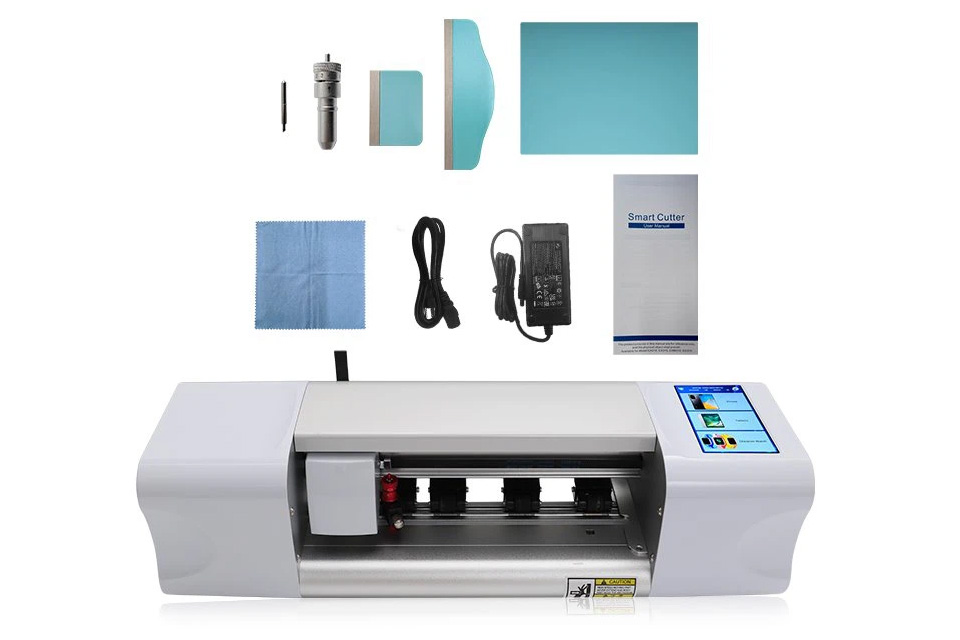
What Film Cutting Machine and Its Application
Film cutting machines have played a crucial role in the evolution of filmmaking and various industrial processes by enabling precise cutting and splicing of film materials.

How to Remove Invisible Shield Screen Protector?
By following these steps, you can confidently remove and replace your Zagg InvisibleShield screen protector, ensuring your device stays protected and looking its best!
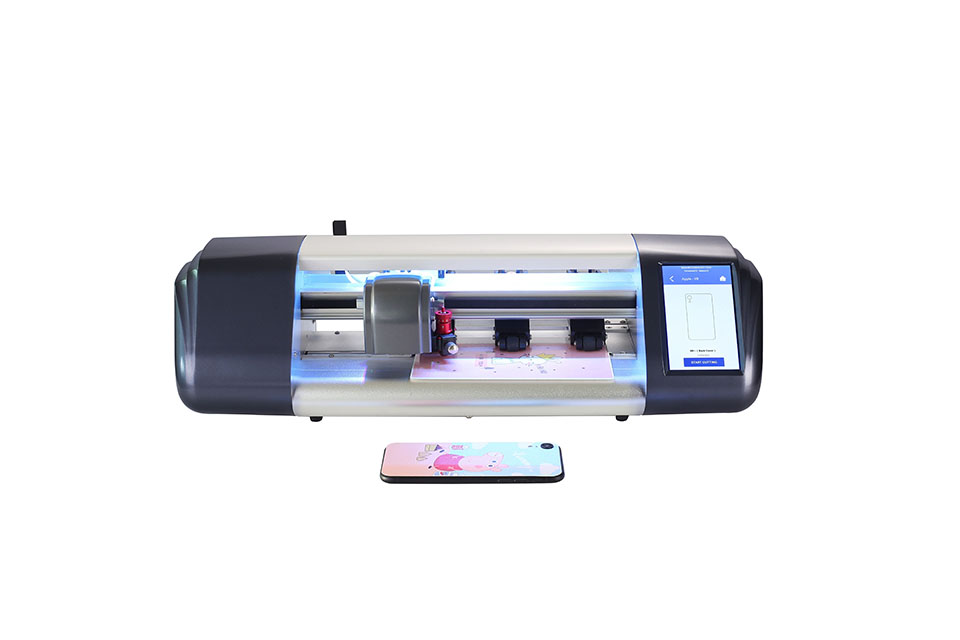
Top 5 Benefits of Using a Screen Film Cutting Machine for Your Store
Screen protector cutting machines have revolutionized the production and application of screen protectors, offering significant advantages in precision, efficiency, and customization.
Tags
Find All knowledge and trends from our blog, get the wholesale price and best quality from our factory.

What Film Cutting Machine and Its Application
Film cutting machines have played a crucial role in the evolution of filmmaking and various industrial processes by enabling precise cutting and splicing of film materials.
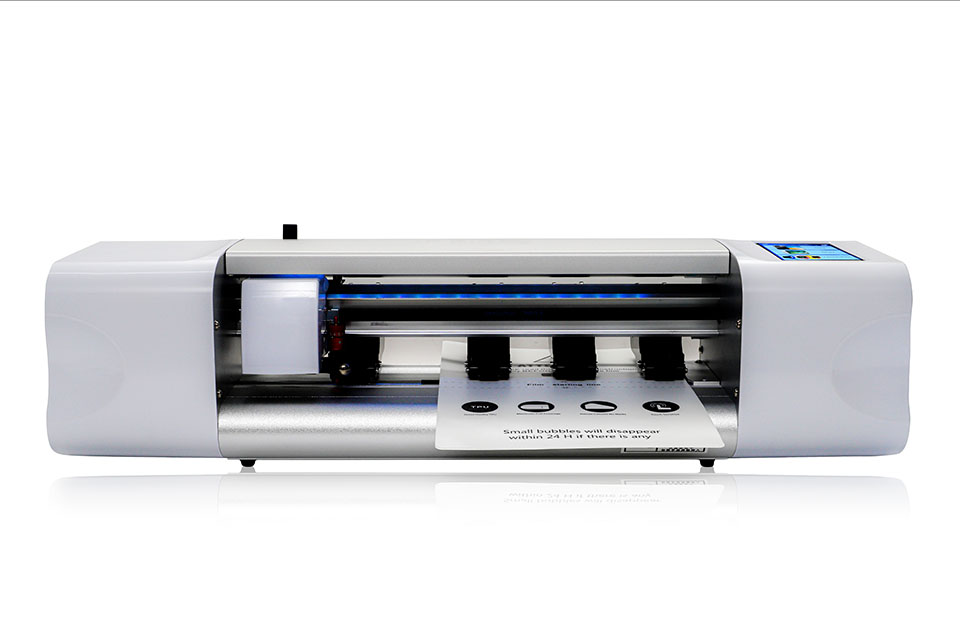
What Is a Screen Protector Cutting Machine?
A screen protector cutting machine is a specialized device designed to produce custom-fit screen protectors for various electronic devices, including smartphones, tablets, smartwatches, laptops, and monitors.
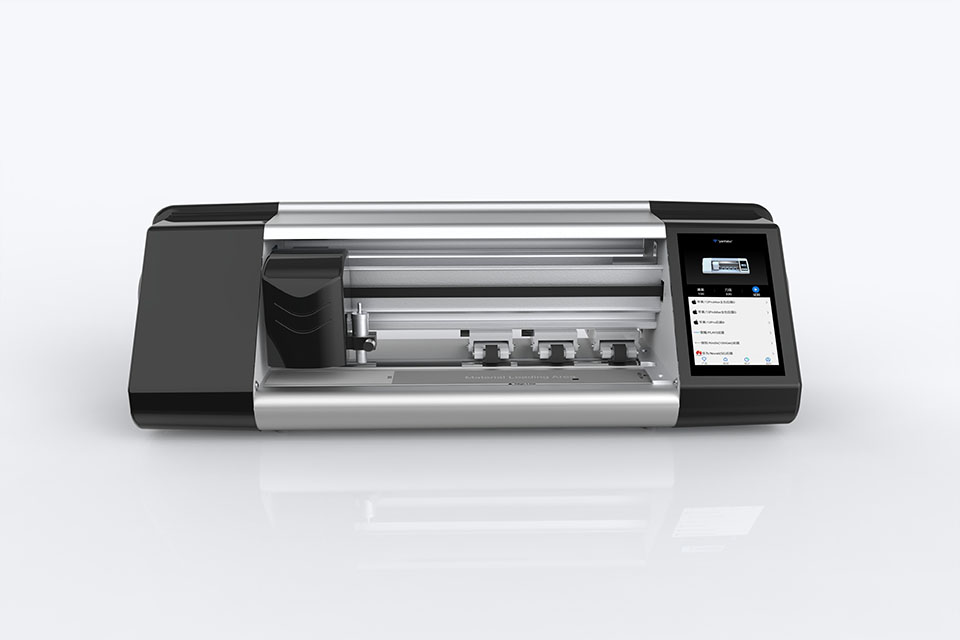
How Mobile Phone Screen Protector Cutting Machine Work?
A mobile phone screen protector cutting machine is a sophisticated device designed
to produce customized screen protectors for various digital devices with high preci
sion and efficiency.
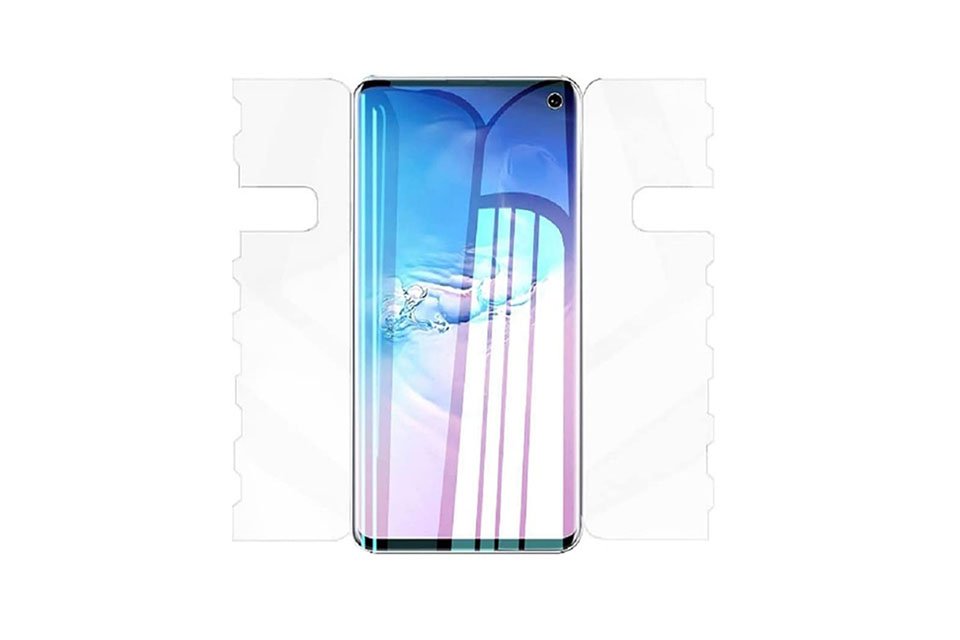
Characteristics of Mobile Phone Tempered Glass and Mobile Phone TPU Screen Protector
Thermoplastic polyurethane (TPU) screen protectors are flexible, durable, and
self-healing plastic films designed to protect electronic device screens from
scratches, impacts, and other potential damages.
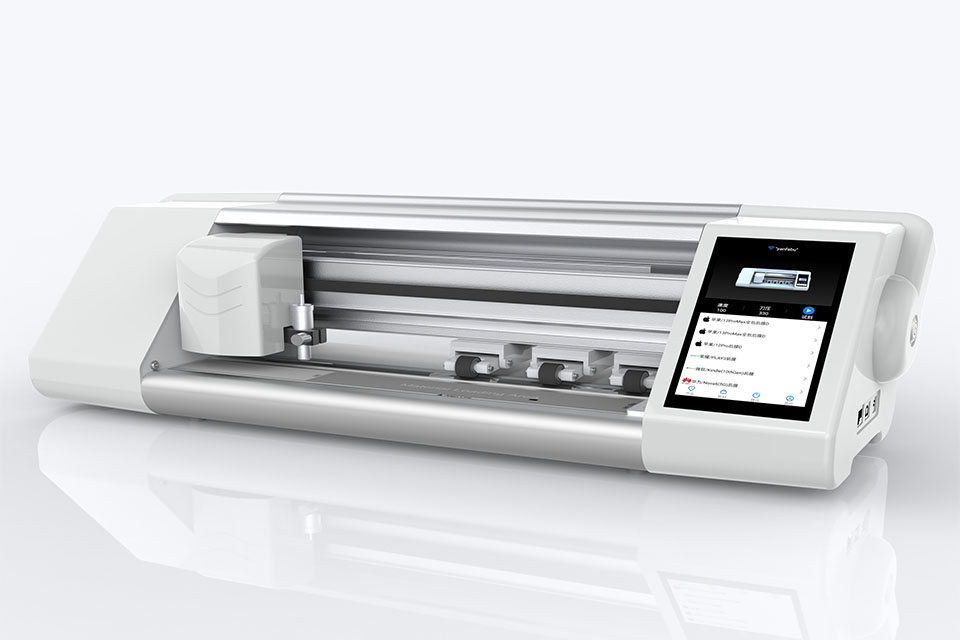
Revolutionize Device Protection with Screen Guard Cutting Machine
Whether you possess a smartphone, tablet, or smartwatch, this versatile machine accommodates a vast array of devices. It seamlessly adapts to the dimensions of your gadget, offering a custom fit that generic protectors can’t match.
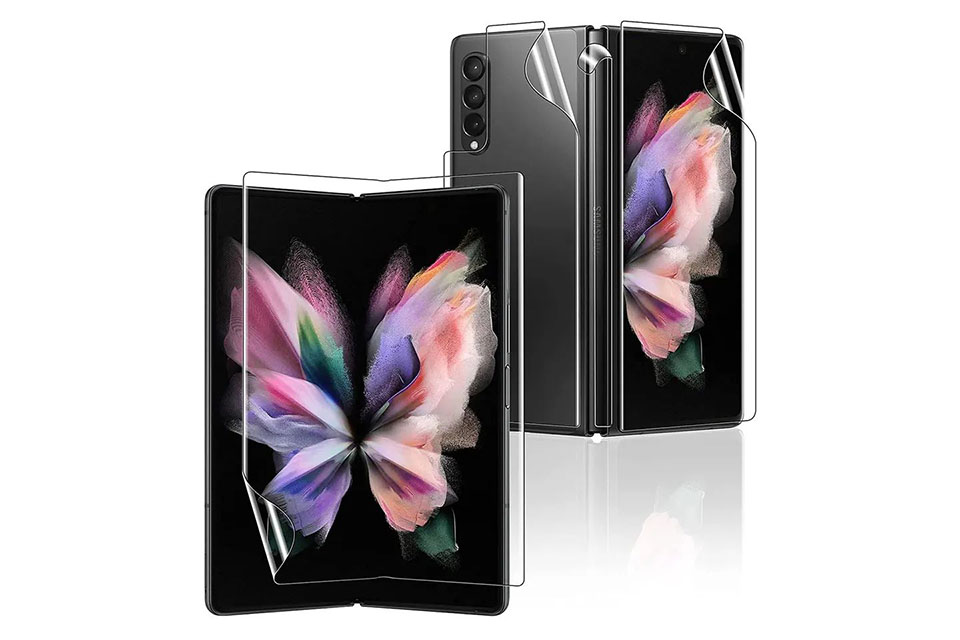
Screen Protector Lifetime Warranty
A screen protector lifetime warranty is a guarantee provided by manufacturers that
promises to repair or replace a screen protector for the lifetime of the product, under specific terms and conditions.


